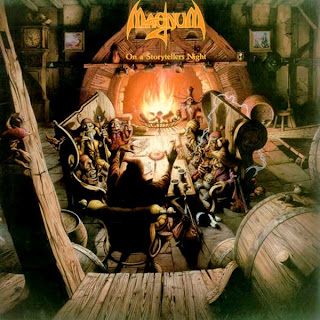In a recent session of The Lands of Dual, I wanted my players to be harrassed by some plant minions during their exploration of a tunnel network like my favourite flamethrower wielding heroine Ripley.
This is the fruit of my labours:
The Brain Vine
This plant is only ever found in subterranean locations and therefore does not rely on sunlight for energy, instead it has evolved a mechanism to secrete a highly acidic enzyme from its tendrils which breaks-down the soil and rock to release minerals which it then consumes. Once the plant has grown to a huge size its energy needs soon outstrip it's surroundings and so it sends out its tendrils to find new sources of minerals, eating through solid rock and anything else which stands in its way. The plant often encounters small quantities of Gold within the rock it consumes which solidify and become trapped within the plants heart like gall stones.Although the majority of its diet is made up of processed rock, it is actually omnivorous in nature and equally suited to extracting nutrients from other plants or animals. This unusual feeding mechanism also provides the brain vine with its only defence mechanism. When attacked the plant exudes a cloud of acidic poison gas for 1d4 / 1d6 or 1d8 rounds (depending on the size of the plant). In the first round the gas cloud has a radius of 10ft and expands by 10ft each round after that. The gas causes all creatures within the cloud to suffer 1d6 damage unless they make a save against poison.
It is especially vulnerable to strong sunlight which causes any exposed parts to wither and calcify and is pale white yellow in colour topped by a purple-pink fruit resembling a giant brain, hence the name. PCs may confuse this growth as evidence of an evolved intelligence however this is not the case and the brain vine has only a plant-like intelligence.
The brain vine is asexual and once it reaches adult size produces a single seed every 2 years. This seed is contained deep within the fleshy brain fruit and resembles a spiky rugby ball. When planted the seed grows quite slowly taking 1 year to germinate and grow into a Young plant (Medium size), 2 further years to grow to a fully grown into an Adult (Large size) and a further 5 years to mature into a Great Brain Vine (Huge size). A Great Brain Vine can live upto 5d6 further years before it will wither and die.
Fugaloid Lurkers
These human sized fungal plants are an entirely seperate species which have evolved a symbiotic relationship tending to the Brain Vine and feeding off its decaying plant material and any other plants which inhabit its underground ecosystem. They are of low intelligence and appear to communicate with each other by releasing fungal spores from the pustules covering their bodies which they inhale through their tendril covered mouths. They are a mottled green colour, vaguely humanoid and each armlike appendage ends in two tentacles covered in vicious barbs. Fungaloid lurkers are immune to the Brain Vine's toxic gas.They are fiercely territorial and interpret anything that is not either another Lurker or the Brain Vine as a threat to the survival of their colony and they will attempt to grapple their prey to the ground and use their barbed tentacles to macerate the flesh in order to bleed it dry. They will then feed the remains to the brain vine's tendrils and consume whatever is left behind. They are relatively quick to grow to maturity but the size of their colony is entirely dependant on the size of the Brain Vine plant that they tend.
A young Brain Vine can support a colony of 15 Lurkers, an Adult Brain Vine supports upto 30 Lurkers and a Great Brain Vine supports upto 45 Lurkers. When a Brain Vine dies the Lurker population will consume the remains of the vine and then plant a vine seed in its place (if one is available). Once this process is complete they will consume each other until only a handful are left in order to tend the immature plant. As the vine grows in size more Lurkers will be created and so the cycle is repeated.
You can also download a free sheet of standees for use in your own adventures from RPGNow.












